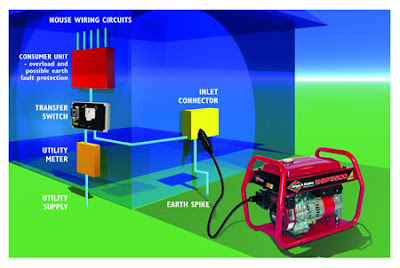How to Hook a Transfer Switch to Your Meter
A transfer switch between your electrical meter and your home allows you to use a generator or alternative energy source to provide current to your house in the event of a power failure. Transfer switches are either automatic, meaning you do not have to turn them on when the power fails, or manual. Manual switches must be turned from alternating current power to the generator when the electricity is out. Both automatic and manual switches are installed in similar ways and require electrical knowledge to install correctly and safely. If you do not feel like you have the proper knowledge, it is always better to consult a professional.
A transfer switch can help keep your power on when there is a power failure.
Instructions:
·Ensure do-it-yourself installation is legal in your area. Some places require installation or an inspection by an electrician before the electricity can be reconnected.
· Contact the electric company to disconnect your service for a few hours, and have the technician remove the meter from your home.
· Locate the cable that supplies power from the meter base to your house. Disconnect it from your meter base.
· Find the commercial input conduit on the transfer switch. If this is not marked, your switch should come with a diagram of the conduits. Connect this conduit to the meter base output.
·Connect the output on the generator to the accessory input conduit of the transfer switch.
· Reconnect the cable that supplies your house with power, this time connecting it to the output on the transfer switch.
· Contact a licensed electrician to perform any tasks necessary to meet local codes, and request the power supplier reconnect your alternating current power.


